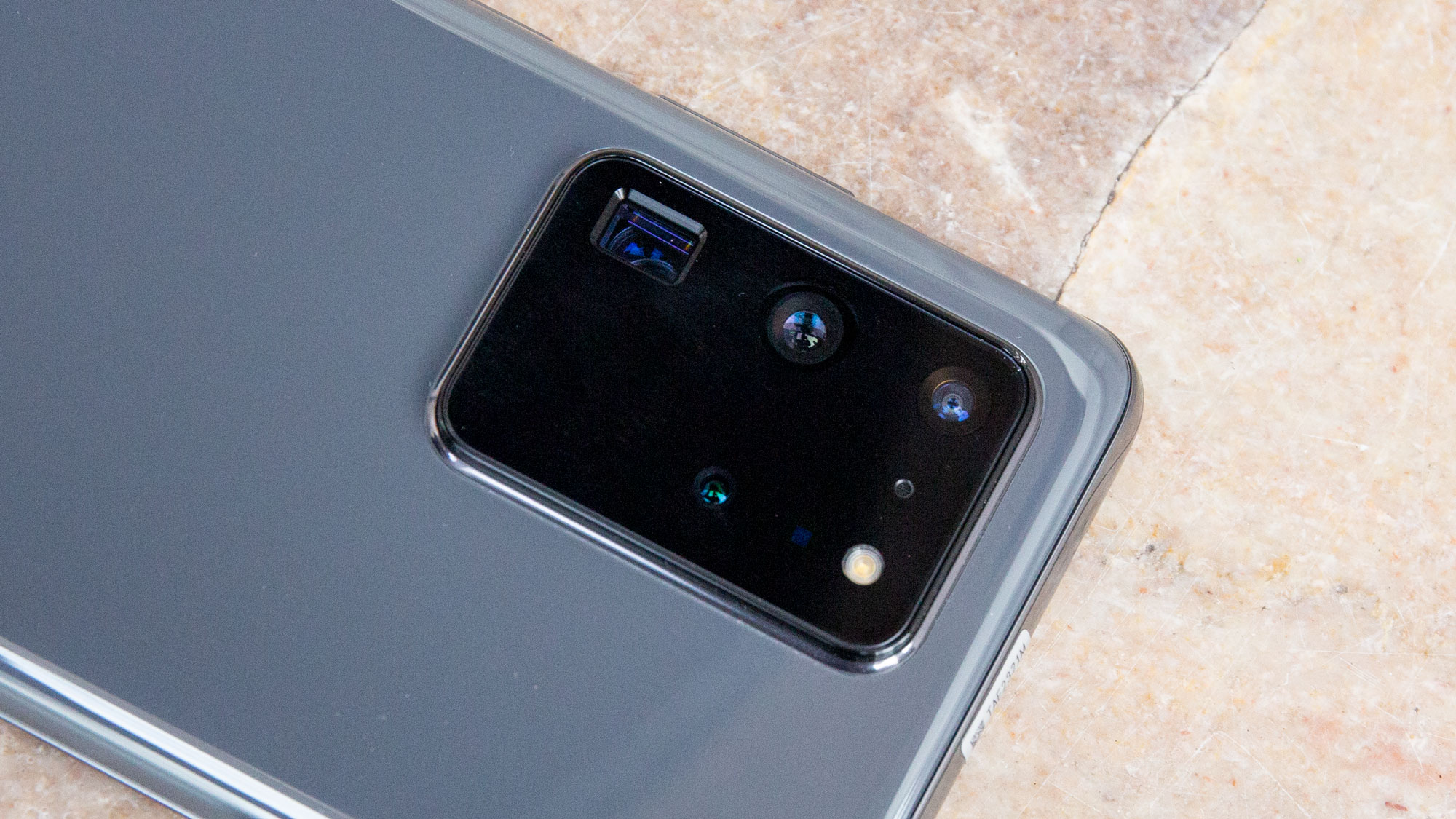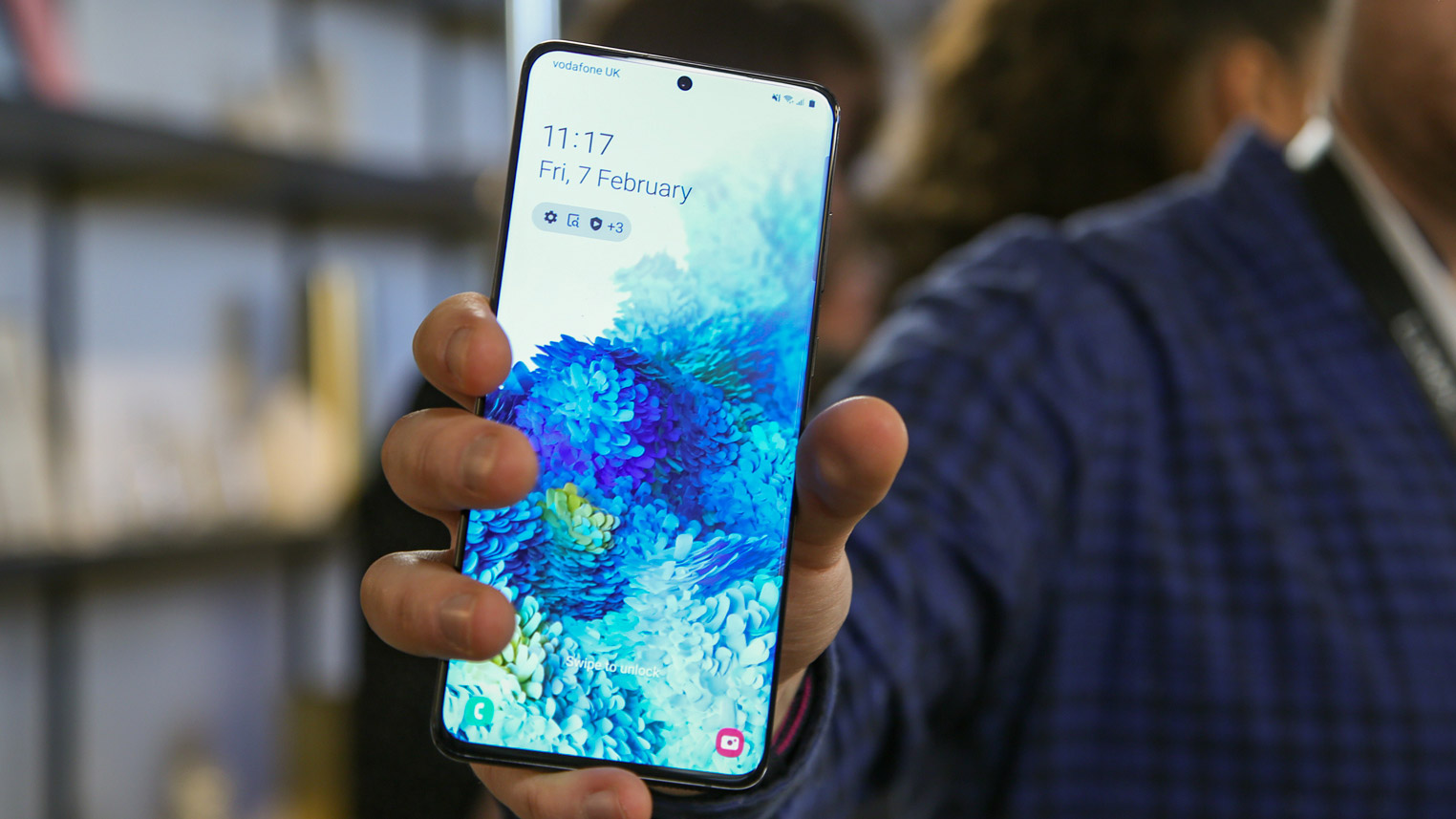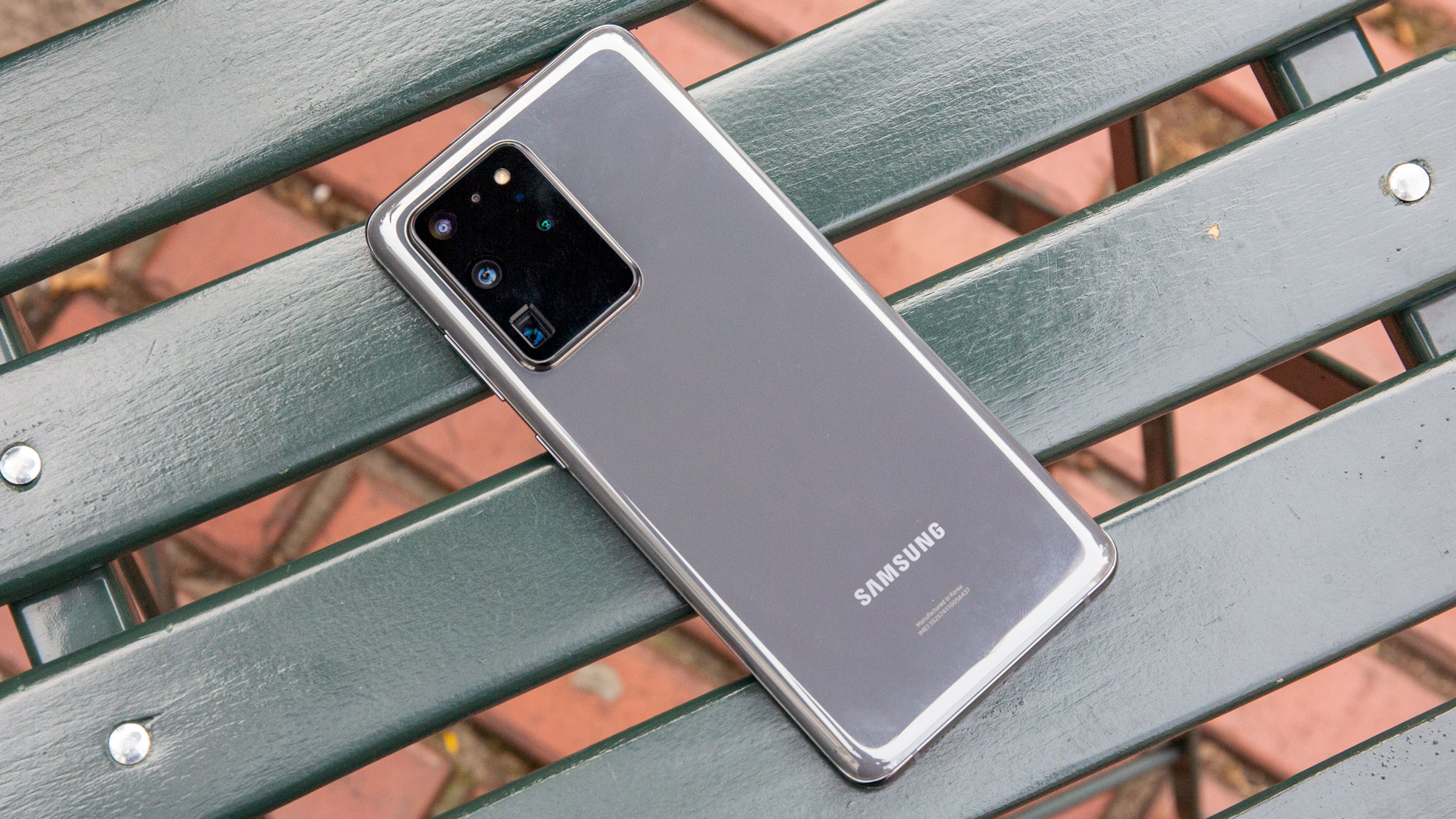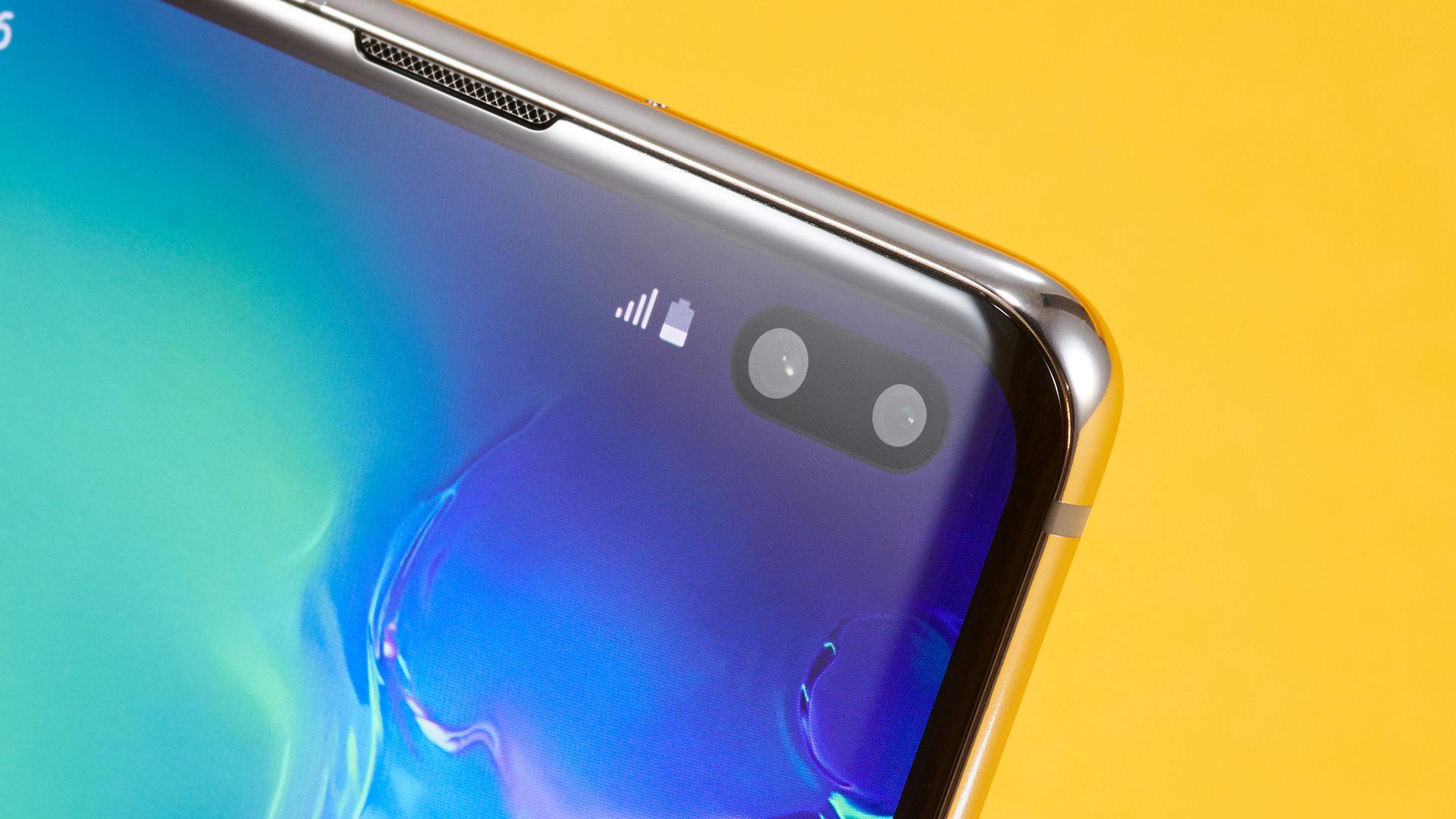What can the Samsung Galaxy S20 tell us about the Galaxy Note 20?
What’s Samsung got in store?

Want to see our Samsung Galaxy S20 Ultra photo gallery? Head here.
In mid-February the Samsung Galaxy S20 series of smartphones was launched, revealing Samsung’s vision for smartphones in 2020.
While we may see some of the features from the top-end Galaxy S20 devices reach the budget Galaxy A devices, and possibly the Galaxy Tab S tablets, Samsung’s other big phones of the year are set to be the Galaxy Note 20 devices, likely launched around August, and they're the most obvious candidates for Samsung's top-end tech.
The Samsung Galaxy Note phones come with S Pen styluses and top-end price tags, as they’re designed more for professionals and creatives than the standard Galaxy S smartphones.
We haven’t heard that much about the Samsung Galaxy Note 20 yet, neither leaks and rumors nor officially confirmed features, but if we take a close look at the Galaxy S20 phones we could make a few predictions anyway.
All aboard the 5G train

While there was only one Samsung Galaxy S10 5G phone, the Galaxy S20, S20 Plus and S20 Ultra are all 5G (well, there are 4G versions of the first two in certain markets, but their proliferation doesn’t seem widespread).
This shows Samsung is committing to a 5G future, and that means it’s highly likely that each model of Galaxy Note 20 will come with 5G.
Get daily insight, inspiration and deals in your inbox
Sign up for breaking news, reviews, opinion, top tech deals, and more.
It’s worth pointing out that the Samsung Galaxy Note 10 and Note 10 Plus both had 5G versions, but not all regions got the 5G versions of both, and the 4G versions proved much more popular generally. Yet if Samsung continues its 5G push it’s possible there won't be a 4G version at all for the Galaxy Note 20, at least in most markets.
Camera features over specs

While the Samsung Galaxy S20 cameras received moderate hardware upgrades from their Galaxy S10 predecessors, most of the photography improvements - outside the S20 Ultra - took the form of new software and features.
The Samsung Galaxy S20 has loads of tricks, like Single Take (which captures a picture from all its lenses at once), 8K video recording, and 30x digital zoom (thanks to plenty of cropping on the 3x optical zoom).
Old popular modes are back too, such as Live Focus and Live Focus video, which from our experience are the shooting modes you’ll end up using most, at least if you like shooting people frequently.
The increase of photography and video modes, despite the relatively similar camera hardware (forgetting the Galaxy S20 Ultra, which has some high-res sensors), suggests Samsung is focusing on post-processing software and cool tricks and features most of all.
Perhaps, then, we could see the Samsung Galaxy Note 20 come with largely similar cameras to before, but a new suite of modes and options that change how you take pictures.
A focus on screen quality

Instead of Samsung bigging up its new cameras at the Galaxy S20 launch, it spent much of its time talking about screen quality. The Galaxy S20 devices have WQHD+ displays with 120Hz refresh rates, some of the highest pixel-per-inch counts of any Samsung phone, and HDR10+.
This focus on displays is something we’ve seen echoed by other companies in 2020, so Samsung is certainly not alone, but it’s something we’d certainly expect to see in the Galaxy Note 20 phones too.
The Galaxy Note 10 Plus was QHD+ but the basic Note 10 was ‘only’ FHD+, both with 60Hz refresh rates. Compared to lots of phones they had amazing displays, but the Galaxy S20 series runs rings around them in terms of quality.
Perhaps we’ll see the Samsung Galaxy Note 20 series bump up the refresh rate to 144Hz, as we’ve heard some gaming phones are starting to, and it’s possible one of the models could have a 4K display like the Sony Xperia 1 - though that big a bump in resolution is less likely. Regardless, whatever new tech Samsung has up its sleeves, we expect to be blown away.
Super-size me

There was no ‘Lite’ or ‘E’ version of the Samsung Galaxy S20, and people who wanted a budget version of the flagship had to settle for the Samsung Galaxy S10 Lite or a similar Galaxy A device. However, Samsung did put out a super-huge S20 in the form of the Galaxy S20 Ultra.
The Galaxy S20 Ultra is bigger than its non-Ultra counterparts, with a more impressive camera array and a bigger battery, reserved for those who have plenty of money to spend on a new smartphone.
So if Samsung is focusing on big, top-end phones instead of budget models, we could see a Galaxy Note 20 Ultra or something similar – perhaps a stylus-laden device that crosses the bridge from phone to tablet.
This would arguably have a more broad swathe of use cases, with the S Pen stylus making it a genuine pocket tablet in its own right.
Sticking with the punch-hole

When the Samsung Galaxy S10 devices came out with their punch-hole cut-out front-facing cameras, the company stated it was already planning to drop the feature as soon as possible. One year on, not only is the company still using the design feature, it’s perfecting it by making it smaller, and adding it to its budget devices as well as its top-end ones.
The Samsung Galaxy Note 10 devices debuted the position of punch-hole that the Galaxy S20s use, and it really looks like Samsung is sticking with the feature for the foreseeable future. Therefore, we’d expect to see the new Galaxy Note 20 devices stick with the punch-hole and keep it in that central position.
Saying that, rumors point to the Samsung Galaxy Fold 2 dropping its predecessor's large notch and instead debuting Samsung’s first under-screen cameras, and that phone is expected to launch alongside the Note phones.
It’s certainly possible, then, that the Notes could use this technology too, but we’re not holding our breath for it just yet.

Tom Bedford joined TechRadar in early 2019 as a staff writer, and left the team as deputy phones editor in late 2022 to work for entertainment site (and TR sister-site) What To Watch. He continues to contribute on a freelance basis for several sections including phones, audio and fitness.